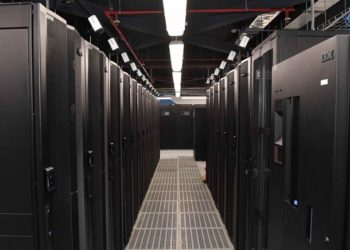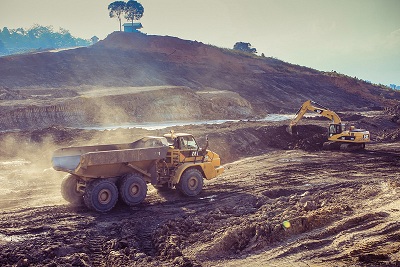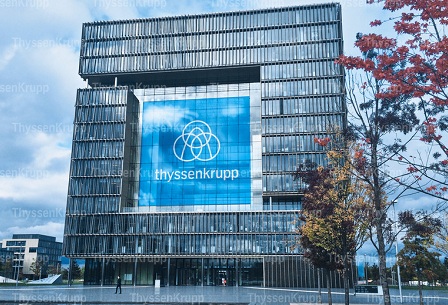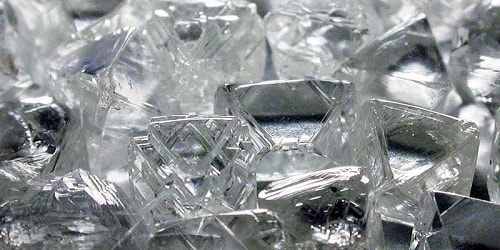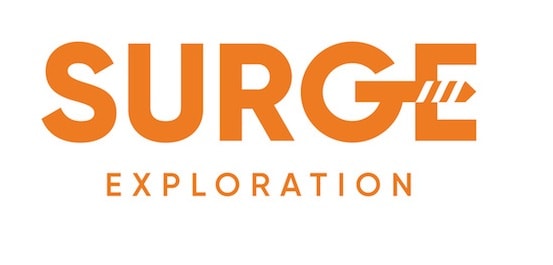Carrapateena copper-gold project is located on the eastern margin of the Gawler Craton in South Australia, approximately 160km from the Port Augusta. Wholly owned by OZ Minerals, the mine is one of the biggest undeveloped copper projects in Australia and has the potential to produce 110,000t of copper and 117,000oz of gold a year over the mine’s 24-year life.
A pre-feasibility study for the $2.9bn underground mining project was completed in August. The project is expected to be completed by 2022 and produce 12.4 million tonnes (Mt) of ore a year with a 92% recovery rate for copper and 70% for gold.
The Carrapateena copper-gold deposit was discovered by Rudy Gomez in 2005. OZ Minerals acquired the project from Rudy Gomez (58%), Teck Australia (34%) and minorities (8%) in May 2011.
Carrapateena geology and reserves
Carrapateena is an iron oxide-copper-gold (IOCG) ore deposit located approximately 250km south-east of OZ Minerals’ Prominent Hill mine. It is made up of four exploration licences spread across a 1,070km2 area in central South Australia.
The cylindrical-shaped Carrapateena deposit with 300m diameter and 1,000m vertical depth is located within the eastern margin of the Gawler Craton and hosted by the Carrapateena Breccia Complex (CBC), which is overlain by 470m of Stuart Shelf sediments. The mineralisation at Carrapateena is dominated by coarse-grained disseminated chalcopyrite with common occurrences of sulphide vein-fill and blebs.
As of August, Carrapateena mine was estimated to contain 270Mt of probable ore reserves grading at 0.9% copper, 0.4g/t of gold and 4.5g/t of silver.
Recovery and ore processing at Carrapateena mine
A block caving method involving two 500m-high lifts will be employed at the underground copper and gold mine for ore extraction.
The block cave mine will be accessed through two declines, including a main access and a production access decline. The main access decline will be developed by a tunnel boring machine, while the drill and blast method will be applied to develop the production access decline.
Ore will be primarily crushed underground and the material will be delivered to the processing plant via a conveyor. Approximately 16 load haul dump loaders will be used to transport ore to the surface.
The processing plant is expected to process 12.4Mt of pre-crushed ore a year to produce copper-gold concentrate using conventional methods of grinding and flotation. The obtained concentrate will pass through three stages of cleaner flotation before being filtered and finally packed in containers for transportation by the Adelaide to Darwin railway to the port in Adelaide.
Tailings will be stored in a tailings storage facility located approximately 2km south-east of the concentrator plant.
Mine construction and infrastructure facilities
The underground mining project includes the construction of two block caves (lifts), a ventilation system capable of delivering 1,200m³ of air per second to the mine, access roads, the processing plant, about 50km long transmission line, besides other amenities at the mine site.
The mine will be accessible from the Stuart Highway via a 50km long access road. Water supplies for the mining, ore processing and other site activities will be supplied from a newly developed bore field, while the power is proposed to be provided from the existing Electranet 132kV line at Mount Gunson, with emergency back-up power to be supplied from a 20MW diesel-fired power generation facility.
Workers for both construction and operation of the mine will be accommodated at a 2,000-person accommodation village comprising of 52 accommodation rooms, laundry, offices, kitchen and dining room.
Contractors involved in Carrapateena
Intract Indigenous Contractors and McMahon Services were awarded a $2.9m contract to construct exploration accommodation camp for the Carrapateena mining project.




